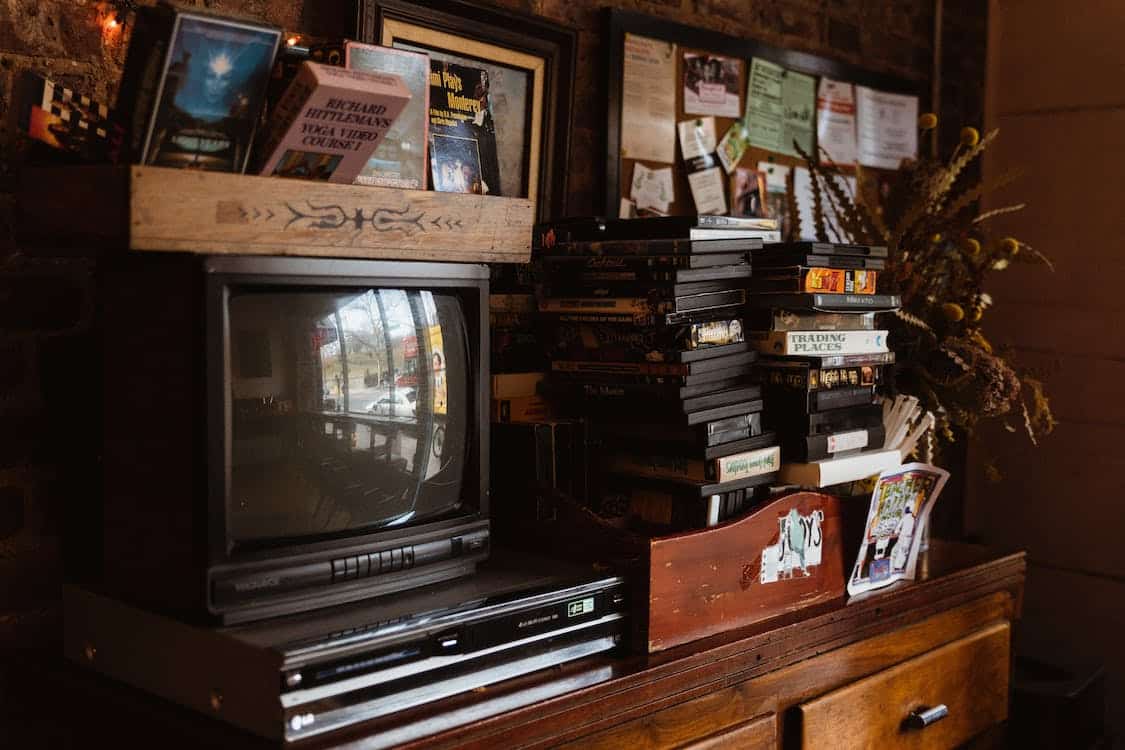
16 Feb Tossing physical media? Think again!
The value of reserving and preserving physical media
The future is paved on digital roads with every service for convenience and business shoved into Cloud spaces or online data centers. When the internet was in its infantile stages, the future looked bright and the possibilities endless. The initial concept of streaming television was a breakthrough, a marvel of simple, modern advancements.
But as time has gone on, a concentrated effort to push various services and media into digital-only spaces is expanding. It is, believe it or not, a problematic trend instead of a good one. Where once concepts like streaming and digital storage were born in retaliation to old tech, it’s created a dynamic of less control at a higher cost. Furthermore, records of physical media can be harder to find, while legacy tech is harder – if not impossible – to maintain.
DVDs aren’t junk after all
DVDs are a useful example of “obsolete media.” In reality, they aren’t, but DVDs as a concept is something we’ve taken for granted. Cheap, seemingly permanent, and in high volume, the idea of a simple physical edition of software or media “going away” feels inconsequential at best. More so because it’s rooted in entertainment. Entertainment that’s readily available and seemingly everywhere!
Right?
Think about trying to find one of your favorite shows, and mix that in with the age of the show. How easy is it to find? Maybe the show wasn’t as popular as others, so you can’t find it online or any streaming service, because streaming services are now in such obscene abundance they have transformed into new cable. Frustrated, you dash over to an online retailer, encounter either an absence of physical copies of the show or painful, high prices that contradict the concept of buying physical media in the first place.
This is not an uncommon occurrence. It’s rapidly growing, and we must examine the bigger picture to understand the problems dismantling physical media represents.
A change in retail strategy
We’ll jump away from focusing purely on physical entertainment, but not before highlighting retail changes such as with Best Buy. In late 2023, Best Buy confirmed it would no longer sell physical hardware and media – even Blu Rays, in the following year. Why? Because their primary focus will switch to selling smartphones, smart TVs, and media with streaming capabilities. Again, we see that crop up: streaming.
Best Buy was one of if not the largest retail footprint for digital and physical media. But their business move signals a future, one that is purely digital, instant, and rented.
You don’t get to own, just rent
Let’s first quickly examine what this means for future access to media, entertainment, and online services. First, it’s all subscription-based. From Disney+ to Hulu, to Netflix to Amazon Prime, the idea is to effectively reinvent cable and ensure the media you interact with is rental only. And, because of rights and licensing, shows can leave one platform and appear on another. Or disappear entirely.
Imagine your favorite show only appears on Netflix, and it’s not available anywhere else. It may not even have discoverable physical alternatives. More so, some shows are made only for streaming, meaning if they’re gone. . . they’re gone. Will they return? Will another service pick them up? You don’t know, and thus, a source of media has vanished.
Coupled with the loss of physical standardization (no reprints or new productions), it isn’t just entertainment media facing this departure from the touchable. Major software providers also switched to subscription-based services, some sooner than others.
Big names like Adobe and Microsoft offer subscription versions of their packages, and while users can still purchase standalone forms of the software, the emphasis is clearly on shifting into digital markets only accessible with compatible devices. What if your permissions are revoked? Do you own what you subscribe to? According to vendors, no, and that’s the idea.
All digital, all risk
Thus far, we’ve centered our attention on the robust growth of streaming, digital accessibility, and the internet. However, the trend is just that: digital. Digital information, content, resources, and data.
The reason we look at the loss of physical media as a “warning” sign is because it symbolizes a larger, continuing trend, and this trend is what incurs immense risk. Everything streamed or online-dependent is an attack surface, or adjacent to one. Cloud services, subscriptions, SaaS, streaming – all pockets of data ranging from simple emails to banking details. Furthermore, this intense reliance on digitization yields catastrophic failure scenarios. Loss of access to online connectivity obviously impedes our ability to access the digital storage or media. It also means threat actors have an abundance of online-centric targets and rich data caches since there’s no physical alternative.
Additionally, an “all-online” approach creates an accessibility problem. Tech is focused on the simple and easy. Navigation is watered down with an emphasis on one-click solutions. Creating a foundation of automated, streamed tech without a clear understanding of how it works can cascade into wider problems. Convenience should not cost us security.
Remember to preserve
With a clear and concentrated emphasis on shifting media and software services, it’s high time to reconsider tossing away those DVDs, Blu-rays, and seemingly outdated hardware. Backup, preserve, and transfer information instead of throwing it away, because you never know: you might be one of the people with access to certain media formats.
For assistance with backups, digital preservation, and improved IT security contact Bytagig today.
Share this post:
Sorry, the comment form is closed at this time.